Wading the Susquehanna
At Millersville University’s new faculty orientation, I mentioned to an older gentleman who served as our tour guide that I had been fishing the Susquehanna almost daily since moving to Lancaster County from Pittsburgh. The man assumed I meant from a boat, but when I told him I’d been wading the river he replied with disgust, “You mean you get into that river? And your legs haven’t fallen off?!” Everyone who had heard responded with a chuckle, but I was left confused.
 I had learned to approach the Susquehanna as a place of reverence. Wading in, I see the beauty of the exposed diabase rock, the bald eagles and blue herons, the wild flowers and river grasses and, of course, the smallmouth bass. “There’s nothing else like it! It’s one of the premier smallmouth fisheries!” my fishing buddy, Jim, told me when I informed him of my move. Of course, I’d also been told of the bass population crash of 2005, but I believed that by the time I crossed the river in my U-Haul in the early summer of 2016 that smallmouth bass had recovered and that the river was in good shape. Central Pennsylvania fly fishing guide, Eric Stroup, even had referred to the Susquehanna as “The Lazarus River.” What I would come to learn is that this was not the first time the river had returned from the dead. However, the river is still impaired and no matter how the river recovers its tarnished reputation among many locals refuses to die.
I had learned to approach the Susquehanna as a place of reverence. Wading in, I see the beauty of the exposed diabase rock, the bald eagles and blue herons, the wild flowers and river grasses and, of course, the smallmouth bass. “There’s nothing else like it! It’s one of the premier smallmouth fisheries!” my fishing buddy, Jim, told me when I informed him of my move. Of course, I’d also been told of the bass population crash of 2005, but I believed that by the time I crossed the river in my U-Haul in the early summer of 2016 that smallmouth bass had recovered and that the river was in good shape. Central Pennsylvania fly fishing guide, Eric Stroup, even had referred to the Susquehanna as “The Lazarus River.” What I would come to learn is that this was not the first time the river had returned from the dead. However, the river is still impaired and no matter how the river recovers its tarnished reputation among many locals refuses to die.
Surely there’s a historical precedent for the disgust my Millersville tour guide felt for the river based on centuries of abuse. We know the familiar tales of natural resource industries and agriculture unchecked, but it’s clear that the river is on the rebound (with fits and starts). Still, this does not mean that the progress made on this tremendous river couldn’t be set back yet again and certainly not that this river is too far gone to wade on a summer night during the white fly hatch.
What is fundamental to ensuring the Susquehanna improves is to raise awareness of the value of this river to our communities as a source of recreation, beauty and civic pride, in addition to its infrastructural value. Our scientists are vitally important in understanding this river, but they are not the only ones. I believe that we must view this river, its tributaries, and the communities that populate these places from the perspectives of its many stakeholders to motivate further positive change. From this perspective, writers and artists are particularly important.
“The function of art has always been to break through the crust of conventionalized and routine consciousness. Common things, a flower, a gleam of moonlight, the song of a bird, not things rare and remote, are means with which the deeper levels of life are touched so that they spring up as desire and thought.” –John Dewey, The Public and Its Problems
Following this line of thinking, any among us can be the motivators of change. We may all find our reasons for valuing the Susquehanna River Basin to crack the “routine consciousness” of our fellows that view these waters with disdain or indifference. Our personal, creative representations that celebrate the wonder of this river may well motivate the public to become stewards themselves.
As a teacher, my goal is to assist my students in finding their voice to help with this challenging task, whether they write creatively or as scientists. As a newcomer to this place, my hope is to learn from those who have spent lifetimes here and view the river through their eyes while adding my own perspective, so that we may raise our many voices together.
- Susquehanna Stories – Millersville Students Float to Write - October 11, 2017
- Wading the Susquehanna - April 28, 2017



